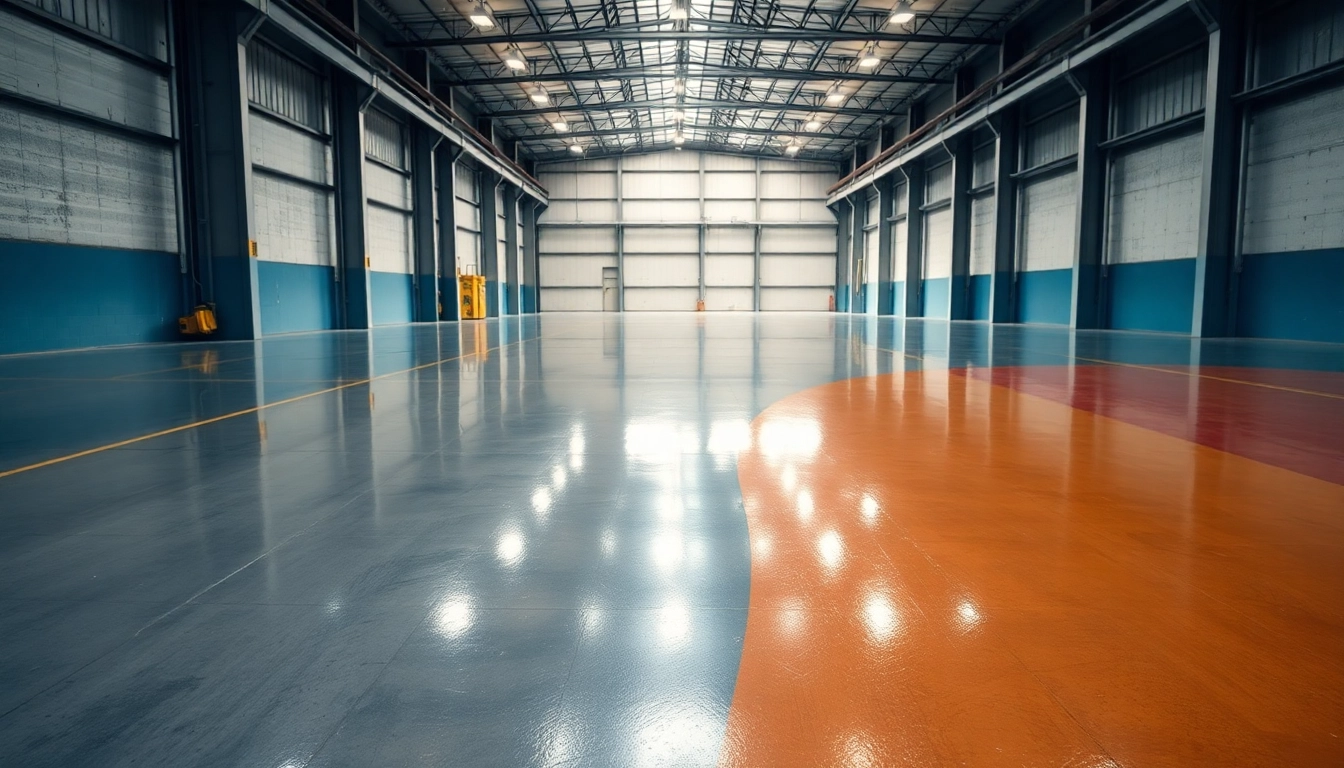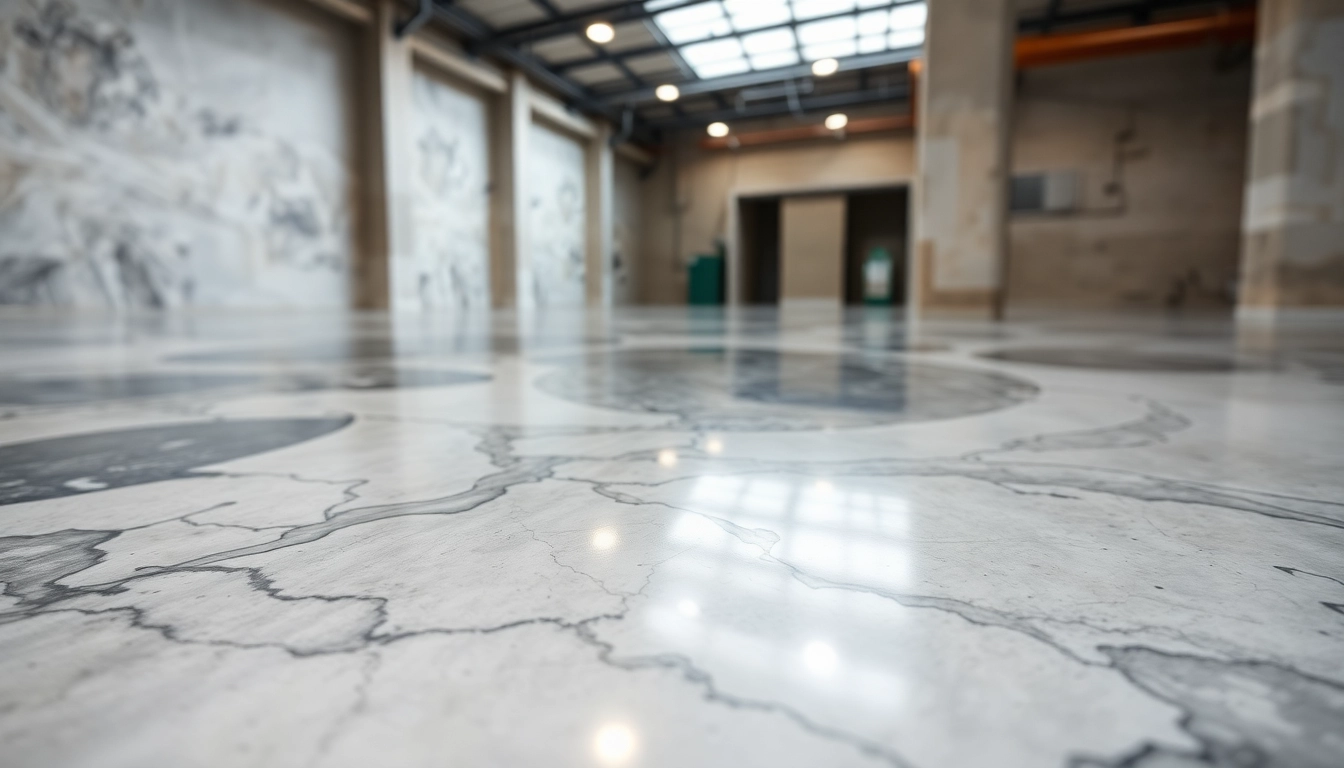Az AI-detektálási módszerek és korlátjaik mélyreható áttekintése
Az AI-detektálási technikák áttekintése a digitális tartalmakban
Az elmúlt években az AI-detekciós algoritmusok egyre kifinomultabbá váltak, lehetővé téve a gépi írásmód felismerését és elkülönítését az emberi szövegtől. Ezek a módszerek többnyire stilisztikai minták elemzésén alapulnak, mint például a mondatszerkezetek ismétlődése, a szóhasználat szokatlan minta vagy a logikai átmenetek egysíkúsága. Ezen felül alkalmaznak gépi tanulást és deep learning technológiákat, amelyek képesek a tartalom kontextuális elemzésére, hogy felismerjék a mesterségesen generált szövegek tipikus nyelvi jellemzőit.
Az ilyen rendszerek célja, hogy minél pontosabban azonosítsák az AI-szövegeket, ugyanakkor elemi kihívásokat jelentenek. A folyamatos fejlődés és az algoritmusok technológiai újításai miatt egyre nehezebb biztosítani a 100%-os megbízhatóságot. Ezen problémák miatt a bemutatott módszerek nem minden esetben képesek kiiktatni az összes detektor jeleit, különösen akkor, ha túlzatosan szigorúan alkalmazzák őket.
Az AI-detektorok által használt minták és nehézségek a megkerülésükben
Az AI-detektorok leggyakrabban a nyelvi minták változatosságára és természetességére fókuszálnak. Az egyik legnagyobb kihívás, hogy a gépi szöveg túlzott univerzális sablonokat követ, mint például az ismétlődő szóhasználat vagy a túl formális stílus. Ez megkönnyíti a felismerést. Azonban, amikor a felhasználók speciális technikákat alkalmaznak, mint például a szinonima szókincs szélesítés, a mondatszerkezet variálása, illetve a kontextuális modifikációk, akkor sikeresen csökkenthetik a detektorok által való azonosítás kockázatát.
A legnagyobb akadály a mintázatok változásával jár, például az automatikus értelmi szint növelése vagy a nyelvi árnyalatok gazdagítása révén. Ezért elengedhetetlen, hogy a megkerülő módszerek folyamatosan fejlődjenek, alkalmazkodva az AI felismerő rendszerek fejlődéséhez.
Miért döntő a detektálási módszerek mélyebb megértése az eredményes bypass stratégiákhoz?
A hatékony megkerülés alapfeltétele, hogy pontosan értsük, milyen minták ellen próbálunk védekezni. Ez lehetővé teszi, hogy olyan módszereket alkalmazzunk, amelyek nemcsak az aktuális detektoroknak felelnek meg, hanem ellenállnak a jövőbeli fejlesztéseknek is. Ezzel a szemlélettel készíthetünk olyan tartalmat, amely nemcsak az AI-kifejlesztett algoritmusokat hagyja figyelmen kívül, hanem semmilyen nyomot sem hagy arról, hogy automatikus módon alakították át a szöveget.
A legjobb megközelítés egy hibrid módszer alkalmazása: ahol a automatikus humanizációt manuális ellenőrzés és finomhangolás egészíti ki. Ez lehetőséget ad arra, hogy az esetleges nyelvi anomáliákat, logikai otthagyott jeleket is kiszűrjük, így biztosítva a magas szintű hitelességet.
Gyakorlati AI-detektálás megkerülési módszerek a gördülékeny tartalom humanizálásért
Az AI humanizer eszközökkel való átfogalmazás és mondatszerkezet-változtatás
Az egyik legmás lehetőség az AI szöveg radikális átalakítása a AI detection bypass methods között gazdag szinonimaszótár és változatos mondatszerkezet alkalmazása. Az ilyen eszközök meg tudják változtatni a mondatszerkezetet, például egyszerű kijelentő mondásokat kérdő vagy feltételes típusokra, változtatva a hangsúlyokat. Fontos, hogy az átfogalmazás során a szöveg koherens maradjon, és ne veszítse el eredeti értelmét.
Ezek a technikák lehetővé teszik, hogy a szöveg stilisztikailag változatos és „emberibb” legyen, így csökkentve a gépi mintázatok felismerésének kockázatát. Emellett a mondatszintű variálás mellett alkalmazhatunk szinonimaszókincset, például a „növel”, „fejleszt”, vagy „emelkedik” kifejezéseket, hogy a szóhasználat változatosabbá és kevésbé felismerhetővé váljon.
Stratégikus szókincs-variáció és a természetes nyelvbe illesztett alkalmazás
A szókincs változatossága kulcsfontosságú az AI-ellenes tartalom létrehozásában, különösen ha a tartalom hosszabb szöveg vagy több változat elkészítése a cél. A természetes nyelvi megoldások segítenek elkerülni az ismétlődő mintákat. A technikák közé tartozik a kifejezések körülírása, rövidítése, vagy a szinonimaszavak okos felhasználása.
Ajánlott beépíteni a mindennapi beszédet és szakmai nyelvhasználatot is, így szövegünk nem csupán természetesnek tűnik, hanem hitelesen tükrözi az író hangját és szándékát. Ez a módszer különösen hasznos a tartalmi marketing és a bloggerek számára, akik szeretnék fenntartani a saját hangjukat, miközben megkerülik a detektálási rendszereket.
Hangnem és kontextus módosítása a detektáló algoritmusok tévedésének biztosításához
A hangnem és a tartalmi kontextus szintén döntő szerepet játszik a megkerülő stratégiában. Szakszerű, barátságos vagy éppen humoros hangnem alkalmazásával a szöveg kevésbé tűnik gépi származásúnak. Ugyanakkor fontos, hogy ezt a módosítást a szövegoldallal összhangban alkalmazzuk, és ne torzítsuk a lényegi üzenetet.
A kontextus személyre szabása például helyi kulturális utalások, aktuális események vagy piaci trendek beillesztésével növeli a szöveg hitelességét, így még az algoritmusoknak is nehezebb felismerni a gépi mintákat.
Fejlett technikák és etikai megfontolások az AI tartalomkezelésében
Kézi szerkesztés és AI-alapú átírás kombinálása a legjobb eredmény érdekében
A tartalom hitelességének fenntartása érdekében az egyik leghatékonyabb módszer az AI által generált szöveg manuális szerkesztése. Ez magában foglalja az eredeti szöveg áttekintését, finomhangolását, és a stilisztikai jellemzők emberi jellegű módosítását. Az AI-átíró eszközökkel gyorsan előállíthatunk egy alapot, amelyet aztán személyre szabottan finomhangolunk.
Ez a szinergia növeli a tartalom valódiságát, és biztosítja, hogy a végső szöveg a lehető legemberibb és legkevésbé felismerhető legyen. Ráadásul a manuális beavatkozások segítenek megőrizni a tartalom eredeti információs értékét, miközben az AI szintakuszmája eltűnik.
A szemantikai integritás megőrzése a detektorok megkerülése közben
Kiemelten fontos, hogy az átírás során a tartalom jelentése változatlan maradjon. Ehhez alkalmazhatunk például szinonimaszótárakat, logikai kapcsolókat és a szöveg kontextuális érzékeny módosításait. A cél, hogy a lényeges információk ne torzuljanak, miközben minden mondatrész természetesebbé válik.
Ezen felül érdemes éles teszteket végezni, például különböző AI-detekciós eszközökön, hogy a módszer valóban hatékony-e, és ne veszítsen semmilyen kritikus tartalmi információt.
Jogi és etikai megfontolások felelősségteljes alkalmazásukban
Az AI-alapú tartalomátalakítás és megkerülés számos etikai kérdést vet fel. Elsősorban fontos, hogy a felhasználók mindig betartsák az adott platform irányelveit és jogi kereteit. Az etikátlan vagy káros célokra való alkalmazás – például csalás vagy plagizálás – jogi következményekkel járhat, valamint torzíthatja az online tartalom hitelességét.
Ezért az oktatásban, tudományos publikációban és lendületes üzleti kommunikációban csak felelősségteljes, átlátható módon szabad alkalmazni ezeket a módszereket, minden esetben tiszteletben tartva a szerzői jogokat és az etikai normákat.
Eszközök, források és teljesítmény-mutatók a megkerülési stratégiád optimalizálására
Top AI humanizer és átirószolgáltatások a hatékony bypass érdekében
Az egyik legjobb módszer a siker méréséhez a többes tesztelés és a különböző eszközök összehasonlítása. Ilyen eszközök például a Humaniser, a GPTZero, a Turnitin, az Originality.AI és a Copyleaks. Ezek az alkalmazások különböző mintákat keresnek, így az általunk alkalmazott módszerek sokszor eltérő eredményeket adnak.
Az AI-humanizer eszközök kiválasztásakor érdemes figyelni a sikerességi rátára, a felhasználói visszajelzésekre és arra, hogy rendszeresen frissítik-e őket az aktuális detektálási technológiák felmérése érdekében. Például a Humaniser 99,8%-os sikerességi aránnyal képes megkerülni a legismertebb AI felismerő rendszereket.
Folyamatos alkalmazkodás: az AI-detekciós rendszerek fejlődésének követése
A sikeres stratégia egyik kulcsa, hogy folyamatosan nyomon kövessük az AI-detekciós rendszerek fejlesztését, és az alkalmazott módszereket ennek megfelelően finomhangoljuk. Ez magába foglalja a rendszeres tesztelést, a legújabb technológiák alkalmazását, valamint a felhasználói tapasztalatok beépítését.
Ezért célszerű szoros kapcsolatban maradni a szakmai közösségekkel, iparági hírekkel és innovatív megoldásokkal, amelyek segítenek mindig a technológiai élmezőnyben maradni.
Bevezetés és monitorozás: stratégia megvalósítása és fejlődése
Lépésről lépésre útmutató az alkalmazási stratégiákhoz
Első lépésként azonosítani kell, milyen AI-detekciós rendszert használ a célplatform, majd a megfelelő technikákkal finomhangolni a szöveget. Ezt követi a próbatesztelés, ahol különböző detectív eszközökön teszteljük az eredményeket, és finomítjuk a módszereket.
Amikor megvan a megfelelő módszer, kezelni kell az iterációs folyamatot: rendszeresen újra ellenőrizni a szöveget meglevő detektorokon, és a visszacsatolás alapján tovább optimalizálni a stratégiát. Ez biztosítja a hosszú távú sikerességet, és a tartalom folyamatos autentikus érzékeltetettségét.
Folyamatos tesztelés és értékelés: a tartalom természetességének biztosítása
A hosszú távú eredmények eléréséhez szilárd monitorozási rendszerre van szükség, például automatizált AI-detektálási tesztek alkalmazására, jegyzőkönyvezésre és elemzésekre. Ezek segítenek azonosítani a gyenge pontokat, és lehetővé teszik a gyors reagálást.
Emellett ajánlott A/B tesztek végzése, összehasonlítva a különböző változatokat, így biztosítható, hogy a használt módszerek mindig a lehető legjobb eredményt hozzák, miközben megőrzik a tartalom hitelességét és emberi hangját.














